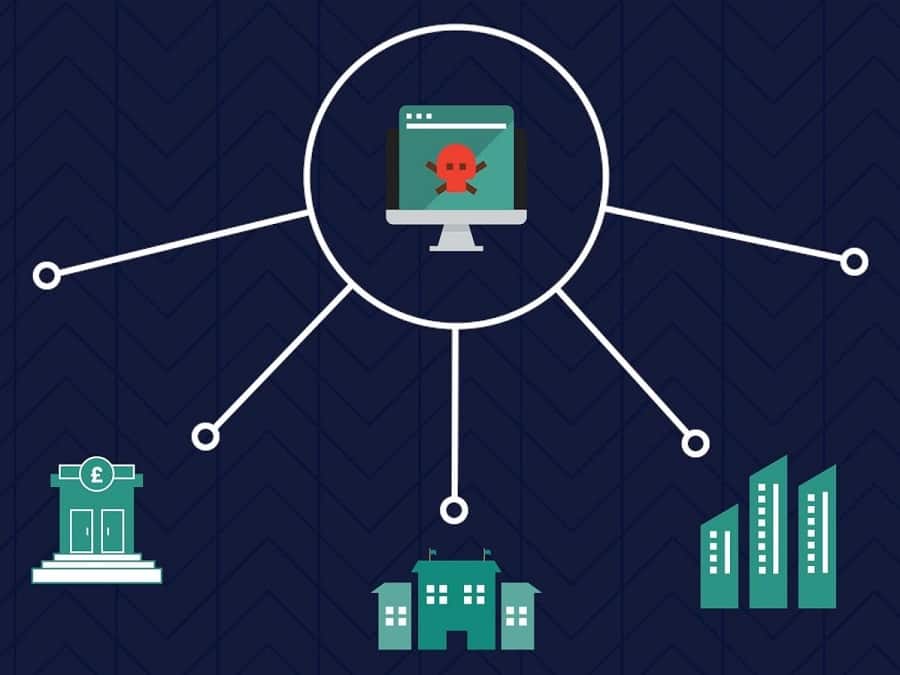Incident Response Management: Key Elements and Best Practices
A systematic approach called incident response management enables companies to deal with cybersecurity problems and security breaches. Incident response objectives include identifying actual security issues, managing the situation, limiting the harm an attacker may do, and speeding up the recovery process.
Formal documentation outlining incident response protocols is frequently included in incident response management. These processes should cover the whole incident management process, including pre-event planning, identification, investigation, containment, and post-incident cleanup.
By following these processes, organizations can reduce damage, stop frequent losses, and adhere to applicable compliance standards. Cyber security courses can also help understand and deal with incident response management, which is crucial given that 30% of people have no idea whether they’re at risk of cyber attack. Cyber security courses can also help understand and deal with incident response management.
Key Elements of Incident Response Management

The following are the main components of a program for incident response management:
1. Response to Incident Plan
A corporate procedure called incident response enables prompt and efficient responses to cyberattacks. An incident response process comprises locating an attack, assessing its seriousness and prioritizing it, looking into and mitigating an attack, resuming activities, and taking preventive actions to guarantee it does not happen again.
A set of written instructions defining the actions to be followed during each stage of incident response is known as just an Incident Response Plan (IRP). Roles and responsibilities standards, communication strategies, and set reaction times should all be a part of it.
2. Team Incident Response
The task of anticipating and responding to IT incidents, including cyberattacks, system outages, and data breaches, falls to the incident response team, often known as an incident response unit.
Developing incident response plans, locating and fixing system flaws, enforcing security regulations, and analyzing security best practices may all fall within the purview of this team. Additionally, they help start incident response processes and must implement an incident response strategy. Thorough knowledge of all this can be acquired through the best cyber security courses.
3. Tools for Incident Response
Modern security firms rely on technology tools to detect security incidents and even take automatic action when necessary. If they exist in the environment of the organization, incident response teams may use the following security tools:
-
Security Event and Information Management (SEIM)
It gathers data and logs from firewalls, network security tools, applications, infrastructure, and other sources. Correlation of information from various sources alerts to warn security personnel of harmful conduct and facilitation of additional investigation.
-
Endpoint Detection and Response (EDR)
On laptops, desktops, servers, and cloud endpoints, Endpoints Detection and Response (EDR) software is often installed as agents. It can execute automated remediation, such as isolating an item from a network or erasing and re-imaging it, in addition to detecting risks on these devices and enabling real-time investigation of breaches.
-
Network Traffic Analysis (NTA)
It gathers, logs, and assesses network communication and data patterns to detect potentially harmful activity. Further, NTA allows identification and reaction to security incidents that cross operational networks, cloud networks, and the core network.
4 Best Practices For Incident Response Management

Here are a few recommended practices that can help you improve the effectiveness of your company’s incident response management program:
1. Control Incidents at all Stages of Development
The National Institute of Standards and Technology Architecture states five phases in the cybersecurity lifecycle: identification, protection, detection, response, and recovery. From the initial discovery of an incident through communication, damage limitation, and lessons learned once an incident has been contained, a successful incident response management software must coordinate and automate the entire process.
2. Detailed & Clear Operating Procedures
When an attack is underway against a company, effective incident response management enables security professionals to remain composed and take the appropriate action. The ability to see what has to be done right away during the initial phases of a crisis is a significant benefit of an organized strategy. However, the best method to coordinate all resources to lessen the threat is to follow incident response procedures, which define who is in charge of doing so.
3. Automated Escalation & Communication
A security breach can hurt an organization’s reputation. Teaching staff members how and where to communicate in an emergency is crucial. Teams can concentrate on fixing high-priority problems with the help of automated communication technologies rather than spending time during a crisis.
4. Monitoring KPIs & Recording Post-Mortem Findings
Efficient incident response management includes post-security incident investigation and documentation as a critical component. Employees can use it to transform crises into corporate learning opportunities.
A response team for incidents should periodically analyze its operations and keep track of metrics such as monthly incident volume, mean time to discovery and resolution, and downtime percentages for affected systems. The effectiveness of an incident response procedure can be determined over time by monitoring these and other pertinent data.
Incident Management: Preparation and Response
Security experts frequently deal with instances when a security control or policy is broken, but no actual breach has occurred. To avoid that, it’s essential to learn the following:
- How to recognize when an event has turned into an incident
- How to respond quickly and effectively to remove the immediate threat
- How to develop strategies and solutions to make sure that incidents of this nature do not continue
- How key definitions of managing risk and demonstrating through real-world examples need to be combined
A cyber security course puts you through realistic situations where you’ll play different roles and decide how to secure your company. The course’s learning objectives are supported by instructional videos, exercises, knowledge tests, insights from the field, and supplementary resources. A practical application of the principles covered in each lesson is included. You will be required to take a final exam at the conclusion of the course, and you must have a 70% or above score to pass and earn Continuing Professional Education (CPE) credits.
Final Word
Using incident response management, organizations can strategically deal with cybersecurity risks or breaches. Any service organization’s toolbox should include incident management, enabling them to meet their service promises and system needs, maintain regular operations, and keep happy customers. You can also have a successful career in cyber security with the help of a thorough online course and land your dream job in the field.
Read More: Will Artificial Intelligence Replace SEOs?




